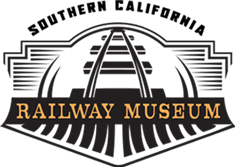Diesel Service Report, November 28th, 2020
USAF 1601
The trucks are repaired and back under the locomotive but the traction motors leads are not connected yet. The locomotive has been placed over the CB4 inspection pit where John Salvini and Richard Berk will connect the motor leads and perform a complete inspection underneath. Once they are finished with that, they will start the locomotive to check out the air brakes and other systems. We are pretty sure there are problems with one of the air compressors but don’t know the specifics yet. The #2 Diesel engine also appears to have some fuel issues and has a difficult time starting. Once all of those issues are resolved, other smaller items, like missing door hardware, will be addressed.
The steel “L” brackets for the foot boards were located and will be refurbished and reinstalled, along with new wood steps.
This (right) shows 1601 over the inspection pit by CB4.
The remaining two combos that each have damaged parts inside, will be stored inside CB7. A temporary storage spot was selected and the combos, and associated spare parts were rolled back to that area using Carl’s deck crane.
SF108
The locomotive was used in passenger service during the weekend. No problems were encountered other than a burned out class light. It and all the other locomotives need to have their cooling water checked to ensure the correct mixture of anti-corrosion chemicals are in the systems.
UP942
Last week I reported that the bell ringer on OERM 1956 had been swapped for a newer version. That was incorrect. The bell ringer work was actually done on 942, not 1956. One of the upcoming tasks that we plan to perform on 942, is to attach it to the load bank. That needs to be done to clean out the exhaust system. The locomotive was built for high speed rail service, which kept the engine clean by running it hard and fast. In museum operation, it does nothing except operate at idle power levels most of the time. That is very bad for it and the only way we have to load it to higher power levels, for long periods of time, is to use our refurbished load bank.
OERM 1956
Replacement fuel filters were located and will be installed in the coming few weeks. Until then, the locomotive is our-of-order. It could be used if needed, but it would be best if it were not started until the new filters are installed.
SF560
There is a water leak behind the governor. It is bad enough that it has to be fixed. But to fix it, the snubbers (exhaust mufflers) will need to be removed. That will be a very hard and dirty job. But we don’t see another way around it.
The required radiator fan circuity has been designed and should be installed in the next month or so. The original fan was mechanically driven from the upper crankshaft on the engine. However, an electrically driven fan was installed before arriving at the museum and we will need to add circuity to power it from the 75 volt battery system. Preliminary testing showed that it should work well.
The plan was to use the existing temperature switch, along with a high current contactor, to turn the fan on and off. Carl Pickus tried to remove the temperature switch but found it very difficult and complex to remove. He will fabricate a special puller to see if the existing switch can be removed and tested. If it can’t. a new style temperature switch will be installed.
The original switch was designed to close contacts at different coolant temperatures. The first position opened the side shutters on the radiator compartment. The second position opened the top shutters in the radiator compartment. A third position turned on the cooling fan. We will use the temperature switch to just turn the fan on and off. That will work fine because the top shutters are all missing.
This (left) is what the multi step temperature control switch looks like.
And this (right) is how it connects to the water pipe. The switch portion has been removed but the actual temperature bulb inside the water pipe, is proving to be very difficult to remove. If it can be removed, and it tests OK, we will use it. But if it has to be destroyed to get it out, then we will use a modern style temperature switch.
Dave Althaus
SF560 Fairbanks Morse H12-44 Restoration Project

